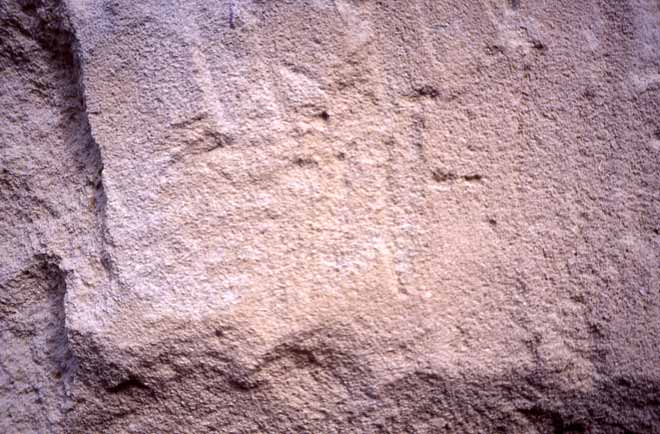
Sandstone and sandy limestone were used for grinding and polishing pounamu (greenstone). The Waitaha iwi of Te Waipounamu (the South Island) believe that Ōamaru stone is the bones of their ancestor Hine-tua-hōanga. Te Ika-a-Māui (North Island) traditions also mention her. Near Rotorua, in a stream, there is a large block of sandstone that was once a whetstone, its many grooves attesting to centuries of use. Known as Hine-tua-hōanga in oral tradition, it is said to have been brought to Aotearoa by the early Te Arawa ancestor Īhenga.
Using this item
Private collection, Gavin McLean
Photograph by Gavin McLean
This item has been provided for private study purposes (such as school projects, family and local history research) and any published reproduction (print or electronic) may infringe copyright law. It is the responsibility of the user of any material to obtain clearance from the copyright holder.






Add new comment